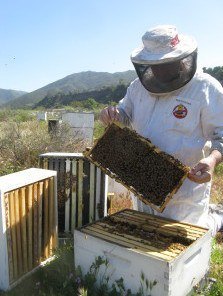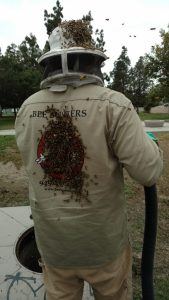Effective Bee Removal Services in Orange County, CA
At Bee Busters, we specialize in providing top-notch bee removal services to homeowners and businesses throughout Orange County, CA. Our team of experienced professionals understands the importance of safely and efficiently removing bees from your property while ensuring their well-being. We handle bee removal and rescue with the utmost care and expertise.
Our Approach to Bee Removal
When you contact Bee Busters for bee removal services, you can expect a swift and effective response. Our team will assess the situation and develop a customized plan to remove the bees from your property. We employ various techniques to safely remove bees, including:
- Live Bee Removal: Whenever possible, we strive to remove bees alive and relocate them to a suitable environment. This approach not only solves your bee problem but also helps protect these essential pollinators.
- Swarm Capture: If a swarm of bees has settled on your property, our experts will carefully capture the swarm and relocate it to a safe location, preventing the bees from establishing a permanent hive on your premises.
- Hive Extraction: In cases where bees have already built a hive on your property, we will meticulously extract the hive and remove all traces of honeycomb and wax. This process ensures that the bees do not return to the same spot.
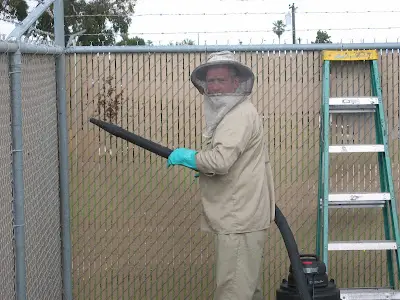
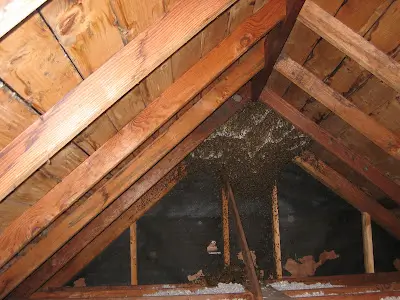
Why Choose Bee Busters?
When it comes to bee removal in Orange County, CA, Bee Busters stands out from the crowd. Here are a few reasons why our clients trust us with their bee removal needs:
- Expertise and Experience: Our team consists of highly trained and experienced bee removal specialists who have dealt with countless bee removal situations. We have the knowledge and skills necessary to handle any bee-related challenge effectively.
- Commitment to Bee Preservation: At Bee Busters, we recognize the vital role that bees play in our ecosystem. When we remove and rescue the bees, we work hard to keep the bees alive so that they can be removed safely. We prioritize the well-being of the bees throughout the removal process.
- Reliable and Efficient Service: We understand the urgency of bee removal situations. That’s why we never fail to provide prompt and reliable service. Our team is always available to respond to your needs, ensuring that your bee problem is resolved quickly and efficiently.
- Wide Service Area: We are proud to service a wide range of regions, including Irvine, Laguna Beach, Laguna Hills, Lake Forest & Mission Viejo, CA. No matter where you are located in Orange County, CA, you can count on Bee Busters to be there for you when you need us most.

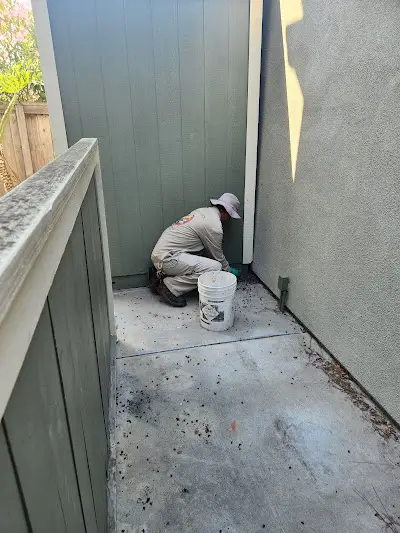
Don’t Let Bees Disrupt Your Life
While bees play a crucial role in our ecosystem, they can also pose significant challenges when they invade your property. Bee infestations can cause damage to structures, create safety hazards, and disrupt your daily life. That’s why it’s essential to address bee problems promptly and effectively.
At Bee Busters, we are committed to providing the highest quality bee removal services in Orange County, CA. Our team combines expertise, compassion, and a dedication to preserving bees to deliver solutions that benefit both our clients and the environment.
If you are facing a bee problem on your property, don’t hesitate to contact Bee Busters. We are here to help you reclaim your space and restore peace of mind. Trust us to handle your bee removal needs with professionalism, efficiency, and care.

